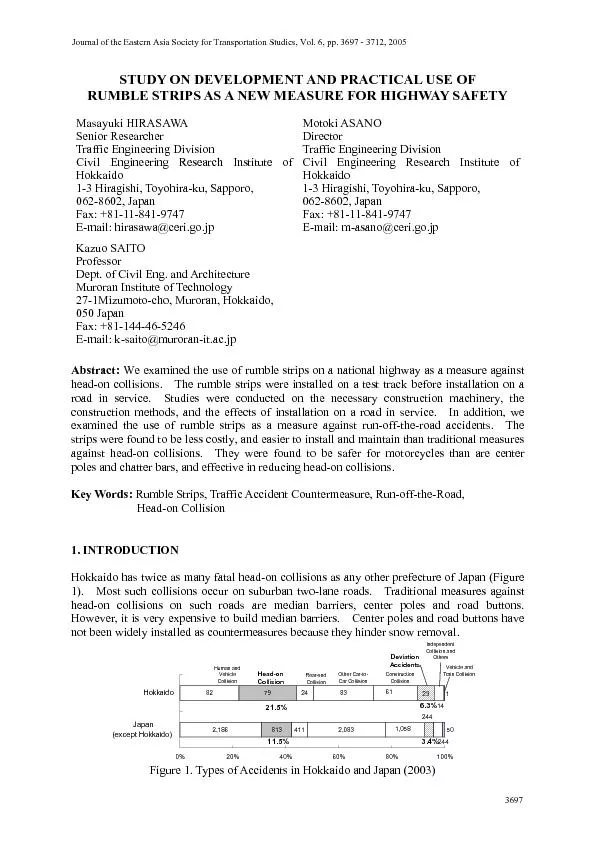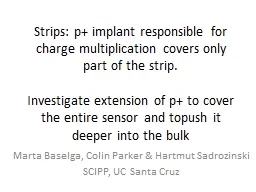PDF-RUMBLE STRIPS
Author : karlyn-bohler | Published Date : 2015-10-15
The rumble strip installation programme has been significantly expanded due to additional funding for state highways being made available through the Government
Presentation Embed Code
Download Presentation
Download Presentation The PPT/PDF document "RUMBLE STRIPS " is the property of its rightful owner. Permission is granted to download and print the materials on this website for personal, non-commercial use only, and to display it on your personal computer provided you do not modify the materials and that you retain all copyright notices contained in the materials. By downloading content from our website, you accept the terms of this agreement.
RUMBLE STRIPS : Transcript
Download Rules Of Document
"RUMBLE STRIPS "The content belongs to its owner. You may download and print it for personal use, without modification, and keep all copyright notices. By downloading, you agree to these terms.
Related Documents














